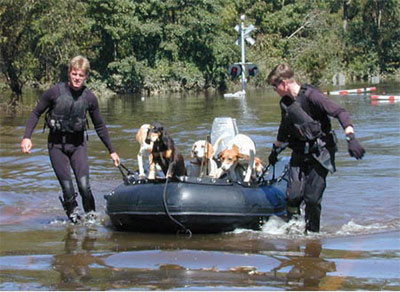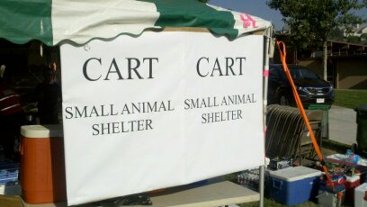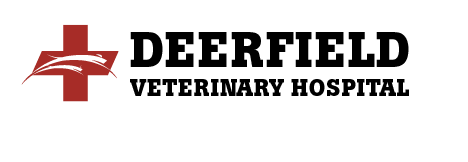Veterinary Emergency Teams – Responding When Disaster Strikes!

Whether it’s rising floodwaters, raging wildfires or even acts of terrorism, catastrophic events require all kinds of professionals to respond. Even though most people know about police and firefighters, veterinarians are also often called to disaster scenes to help save lives and reunite families.
As we have all seen, tragic events like hurricanes, earthquakes or bombings take their toll on human lives. But, it’s not unusual to see animal victims of these disasters as well. Animals can be injured or lost and in the case of large scale calamities, local animal control resources are quickly overwhelmed.
Although our first thoughts often go to our companion animals, like dogs and cats, large animals, from horses to sheep and pigs to cattle are also at risk. In fact, horses will often panic and run in the face of danger while cattle will quickly scatter through downed fence lines.

What can local agencies do when animals are in need of help in addition to the local population of people?
Veterinary Emergency Teams (VET) are often called upon by local first responders when a disaster situation gets beyond their control. These well-equipped and well trained groups of volunteer veterinary professionals will bring in vital supplies, needed medications and even state of the art mobile facilities designed to provide a safe work environment as well resting quarters for the crew.
It’s obvious that these teams can function to help injured animals, but they actually can provide invaluable aid to local veterinarians who have suffered damage to their hospitals. In addition, these specialized emergency response units can also help triage animal cases, provide additional assistance to local animal control agencies by searching for microchips among lost pets and care for the many search and rescue or working dogs that aid in disaster relief.
Veterinary emergency teams also provide vital public health monitoring in the aftermath of catastrophes, give technical assistance to assure food and water safety and help prevent zoonotic and other disease outbreaks.
Although a National Veterinary Response Team (NVRT) has been established and operates within the National Disaster Medical System, many states will also field their own veterinary medical assistance teams. Colleges, such as Texas A&M, the University of California at Davis and others have also developed volunteer groups that have responded to a multitude of local emergency situations.
With the passage of the Pets Evacuation and Transportation Safety Act (“PETS Act”) in 2006, a greater emphasis has been placed on the care of our pets and animals in the event of large scale disasters. States must include animals in sheltering and evacuation plans and also provide means of tracking those animals throughout the event. Veterinary emergency teams are crucial to insuring that these standards are met.
Veterinarians, veterinary technicians, animal control officials, pharmacists and many others, including concerned citizens who aren’t in the animal health field, are eligible to volunteer for veterinary teams. Interested individuals should become familiar with the National Incident Command Structure as working in disaster zones requires a strict adherence to details and an organized system of communications. This means that even though you might have a strong passion for helping our four legged friends, you can’t just run into a danger zone and start trying to save pets. That type of action will not only endanger yourself, but also pull resources from where they may be needed if you get in trouble.
So, when disaster strikes, don’t be surprised to see volunteer veterinarians and technicians working with police and firefighters, saving lives and getting life back to normal and animals and families back together!
Develop a disaster preparedness plan for your pet at http://www.aspca.org/pet-care/disaster-preparedness.


